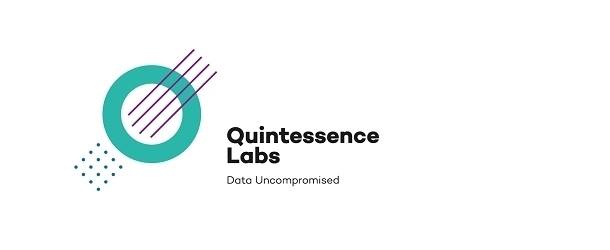Start today and take all available safety measures to keep your information quantum-safe

Every day, a new threat emerges in the world of cybersecurity. People are trying to steal data, or really anything that they think may be of value. That’s why taking all available safety measures to keep your information safe is important today. There is a threat that is often thought of as “tomorrow,” but it’s not – quantum computing is a threat today. Threat actors are stealing encrypted data today, knowing they can decrypt it once they get their hands on a quantum computer. Protecting against these “harvest now, decrypt later (HNDL)” attacks is where quantum key distribution comes in. Keys are used to encrypt and decrypt data – quantum keys are totally random and use the laws of physics to make data secure against advanced attacks … even against yet-to-be-developed quantum computers.
A report last year conducted by Thales found that 45% of businesses have suffered a data breach. But they add that the number could be even higher since it can’t account for the number of yet undetected breaches. This not only underscores the need for security measures to help mitigate any potential threat that people may face in the ever-changing online world, but it also underscores the risk involved with data thought to be secure because of traditional encryption. In reality, all of this data is vulnerable to quantum computing.
Cryptography is widely used to protect information transferred across data and telecommunications networks, and data stored in files and databases. It is also used to ensure the integrity of information, and to identify the parties involved in communications exchanges. Quantum key distribution (QKD) can run in parallel with traditional key distributions and enables two remote parties to securely save and send private information or data. It is, in fact, similar to traditional key distribution; however, unlike traditional keys, it protects against the development of quantum computers.
QuintessenceLabs is a leader in the development of quantum key distribution. It’s qOptica QKD all but eliminates the risks of key distribution since any attempt to intercept the key will leave a detectable trace allowing mitigating action. It delivers high key rates, has a compact form factor, and is well-suited to free-space implementations for practical deployments. What makes qOptica™ unique is that it uses continuous variable quantum key distribution, instead of discrete variable quantum key distribution. This allows them to use existing fibre, which helps organizations overcome adoption barriers associated with accessing the dark fibre in urban areas.
Beyond quantum key distribution, there are several other helpful tools that fight against cyber-attacks. Quantum random number generators (QRNGs) deliver true entropy, which can prevent attacks. There are also new quantum-resistant algorithms that use mathematical techniques to provide protection that even quantum computers will find infeasible to break. Breakthroughs and new developments are happening every day, as the industry continues to prepare for the growing threat of cyber-attacks from quantum computers.
In just a few years, quantum computers will potentially be able to break ciphers and prevent us from securely exchanging information. That means cryptographic algorithms and protocols in use today will no longer provide protection from cyber-attack. The threat today is that organizations, ranging from powerful states to criminals, can already download data in transit, and then decrypt it offline. This means that governments and enterprises should protect themselves from HNDL attacks today because they have a limited time to move to “quantum-resistant” crypto solutions. Implementing quantum key distribution is the first step.
Join us both in-person and virtually next week at IQT Fall in NYC on October 25-27!
Stop by Booth # 402 and be sure to catch Skip Norton our VP Business Development speaking on the panel “Quantum Safe: A Survey of QKD, QRNG and PQC in Banking and Finance” — Thursday, October 27 at 10:35 am ET!



















